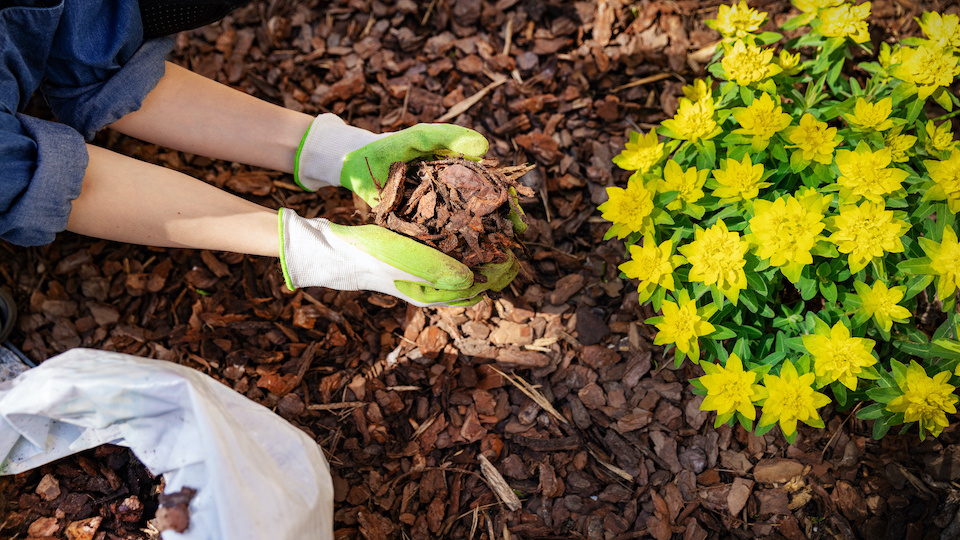July and August are months when you should be enjoying the fruits of your labor in your flower garden. Unfortunately, high summer temperatures and drought conditions sometimes bring a premature end to your garden’s beauty. Fortunately, there are some key things that you can do now, in the heat of summer to renew your flower garden’s vigor.
Late summer planting
While you may think that your planting window has expired, there are actually some benefits to late summer planting. The biggest savings can be found in garden shops after July 1, when they stop getting in new flowers and plants. If you are into reviving annuals, now is the time to buy. Those that look sad may just need a little pruning and a drink. Rootbound perennials may seem like their life is over, but when planted in the late summer, they will revive as soon as the fall rains come.
As fall approaches, consider planting cool-season flowers like flowering kale, snapdragons, and nasturtiums that will keep your garden looking great well into October, depending on which region you are in.
Keeping weeds at bay
Don’t put down your wedding tools just yet; it is highly important to keep weeding during the late summer season. Use a hoe or a hand rake to dig down and get out weeds that have sent down deep roots. Even just removing the heads from weeds will help keep them from spreading once cooler temperatures and moisture arrive.
Address insect issues
Aphids have probably faded from the landscape at this time, but insect pests like spider mites, scale, whiteflies, grasshoppers and beetles have moved in. Take some time to walk around your garden, plucking larger insects off of plants and dropping them in a bucket of soapy water. Use organic pesticide control methods to address other insects, being careful to apply only during the late evening so that it does not burn foliage. You can also use sticky traps to catch things like thrips, fungus, whiteflies, and gnats.
Control disease
When flowers become drought-stressed, they can easily develop mildew and fungal diseases. Removing and destroying any leaves that are infected with black spot or mildew will keep spores from settling in the soil where they can re-infect plants next season. Prune overcrowded branches off of any shrubs or flowering trees to increase air circulation and reduce the chance of disease.
To feed or not feed
Some flowers require a little nutrient boost until the end of the season, while others need to harden off the rest. Annual flowers, like dahlias, do really well with continuous feeding until frost hits. However, perennial flowers should be left to naturally wind down their blooming season and don’t require late season feeding. For flowers that bloom a second time when the weather cools, like roses, you should feed at the beginning of August.
Mulching
If you laid down 3 inches of mulch in the spring, both moisture and high temperatures could cause the mulch to decompose before the season is over. This leaves the soil dry and hard. Because of this, providing a second layer of mulch in the fall can be quite helpful in late summer. Be sure to keep the mulch a few inches away from plant crowns.
Water well
Flowers need at least 1-inch of water during the summer months. However, when temperatures soar, more water is necessary – sometimes up to 3 inches a week. Using a soaker hose in your garden can help you conserve water later in the season. Always water in the early morning so that foliage will dry quickly before the sun gets too hot. Keep watering your garden until frost to be sure that plants have plenty of moisture heading into the winter season.
-Susan Patterson




